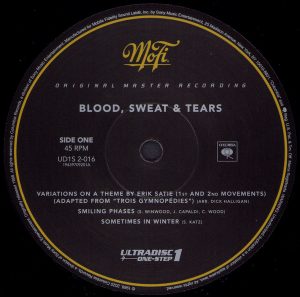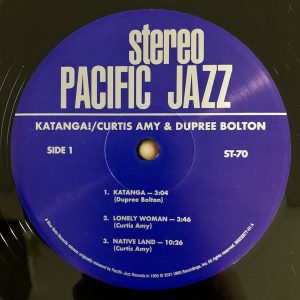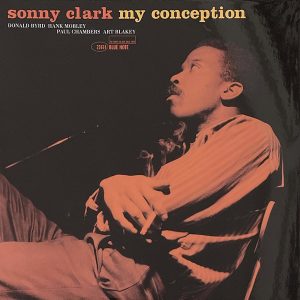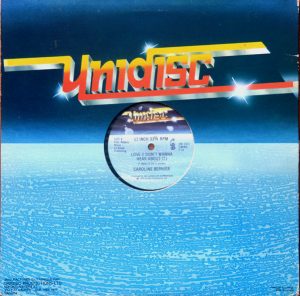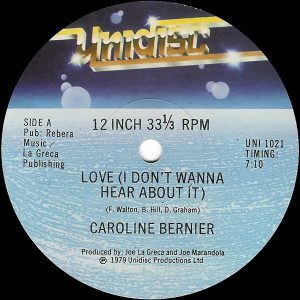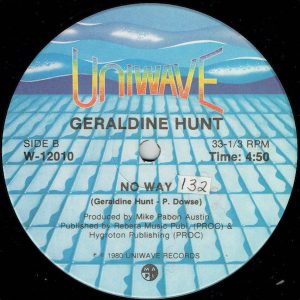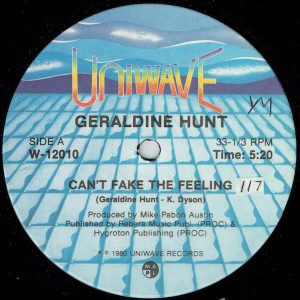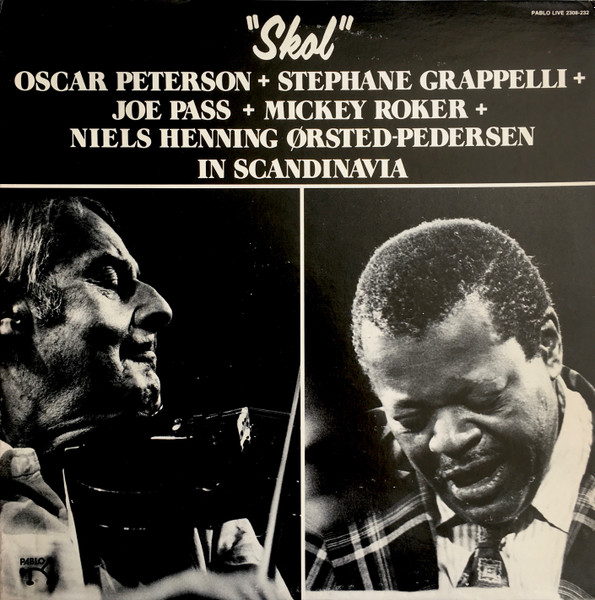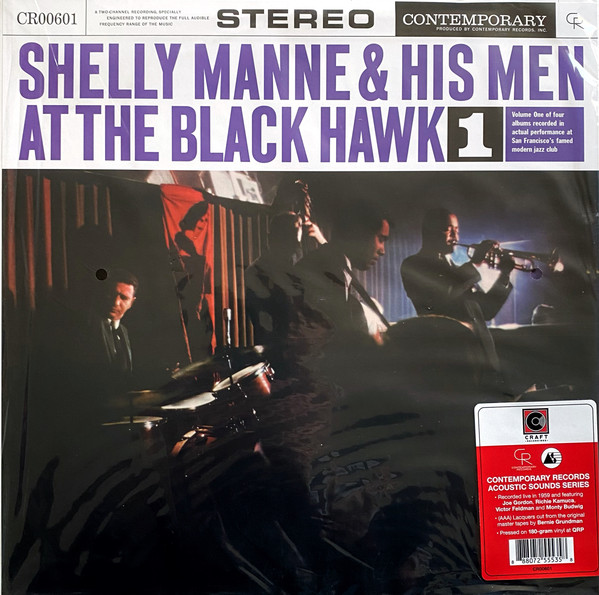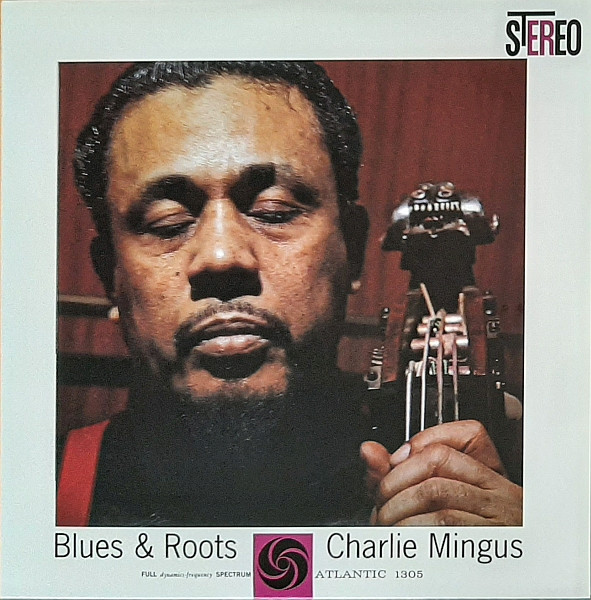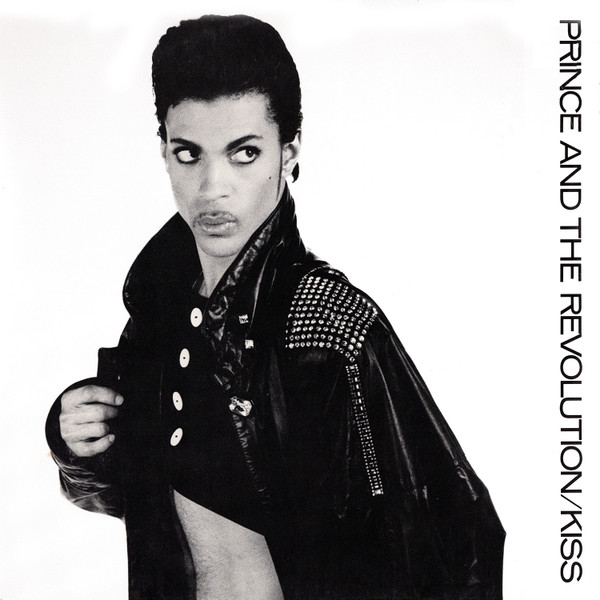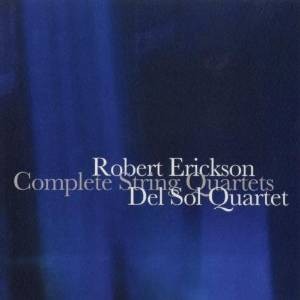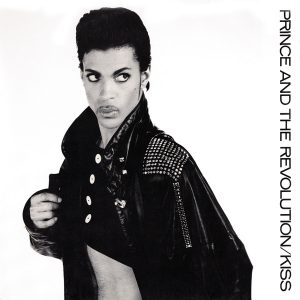This is an ongoing project by Claude Lemaire of Soundevaluations
176. Blood, Sweat & Tears, Blood, Sweat & Tears. Columbia – CS 9720 (1968), MoFi – UD1S 2-016 Box (2021), (2x45 rpm), #004348 of 6000. Genre: rock- jazz, jazz passages, jazz rock fusion, groovy soul rock, art rock, psychedelic flirtings, blues, ballad, fanfare, classical.
Quick. What is the first thing that comes to your mind when someone mentions Blood, Sweat & Tears? For me, it is Chicago Transit Authority; better known as simply Chicago—probably to prevent possible legal threat from the actual CTA, the mass transit operator for the city of Chicago. Which is not surprising, for both bands were signed to Columbia, had their debuts released only a year apart in spring 1968 and 1969 respectively, were managed and produced at times by James William Guercio, and were one of the rare rock-jazz hybrids to successfully pull it off. Notice that I wrote 'rock-jazz' and not 'jazz-rock,' for these two groups were rock bands that boasted serious brass chops, and strong rhythmic drive—at least in their early years—as opposed to Miles Davis or other jazz fusion formations from the 1970s which integrated rock elements within the less commercial jazz framework. Mobile Fidelity focused their UD1S treatment on their second self-titled album instead of the band's debut Child Is Father to the Man (Columbia CS 9619) which was the right choice in my opinion. After all, this is the album that spawned "Spinning Wheels," "You've Made Me So Very Happy," and a beautiful cover of Billie Holiday's "God Bless the Child." The nonet comprises drums, percussion, bass, guitar, piano, organ, harmonica, flute, alto sax, trombone, recorder, trumpet, flugelhorn, and of course chorus and main vocals. Engineers Fred Cataro and Roy Halee did an incredible job recording and mixing the group at CBS Studios in NYC in October 1968 on the latest technology available at the time, the 16-track Ampex MM-1000 Master Maker 2-inch tape recorder. I do not have the original "2-Eye 360 Sound" Columbia mastered at Customatrix and pressed by Columbia Records Pressing Plant, Santa Maria in California. This MoFi double-45rpm version was mastered and lacquer cut by Krieg Wunderlich, assisted by Shawn R. Britton. Let me cut to the chase, among my eight MoFi 'one-step boxes,' this along with the Monk release takes the top spot—especially so for a rock record, even surpassing Santana sonically in my opinion. Every instrument is perfectly recorded, mixed, and transferred to the cutting lathe with outstanding texture, presence, emotional intensity, density, and solidity. Bobby Colomby's drums and percussion sound absolutely phenomenal in power, articulation, with startling speed and dynamics. David Clayton-Thomas' lead vocals as well as Steve Katz come out clean, the brass section has tremendous bite; bass and piano has the requesite weight. Wide soundstage, spot on tonal balance. RTI's pressing was nicely silent. It is the rare record that I cannot find any fault—such is the case with B.S.&T. Dare I say it? This is perhaps my best sounding rock record in my whole vinyl collection. Bravo MoFi!
177. Curtis Amy & Dupree Bolton, Katanga!. Pacific Jazz – PJ-70, ST-70 (1963), Tone Poet Series – B0032877-01 (2021), 33 1/3 rpm. Genre: hard bop, bebop, post bop, modal, West Coast jazz.
I had previously chosen Chet Baker Sings (148) as Tone Poet's best sounding LP. Musically smooth, suave, and cool; it was also a very intimate mono release. In contrast, Katanga! is killer hot, hard bopping, and presented in wide stereo. Hailing from Houston, Texas, tenor and soprano saxophonist Curtis Amy accompanied by trumpeter Dupree Bolton are terrific throughout this six song session. Among them are two Curtis compositions while the opening title track is signed Dupree. And what a ferocious track to unleashed an album! Bolton bolts out of the gate full speed ahead while Vic Gaskin on bass is riding double time right beside him, joined by Amy aggressively around the midway mark. Jack Wilson's fingers are speed skating on the ivories backed by the two protagonists punching in unison 'til drummer Doug Sides strikes skins and snare full snap near the finish line. "Lonely Woman" turns the tide 180, with Ray Crawford's intimate guitar playing and Curtis' soaring soprano vamping in harmony, both introducing a film noire-esque bluesy ballad, the other musicians soon comping in, supported by weighty bass and drums. "Native Land" leans more towards the exploratory modal post bop free form. Side B opens with the cool swinging "Amyable" featuring great guitar going hand in hand with comping piano and walking bass behind him, the drum in syncopation the whole time. This is followed by a great jazz standard, the smooth, soft ballad "You Don't Know What Love Is" starring sax for the first half, with Bolton's mesmerizing solo taking over in the second half. Finally, "A Shade of Brown" closes the album—a superb archetype hard bop tune that would fit like a glove on an early 1960's Blue Note LP with tenor and trumpet singing in unison, panned left and right respectively, giving guitar the first solo, trumpet the second, tenor the third, and piano the last before the band comes full circle to repeat the main opening riff. Richard Bock did an outstanding production and recording job at Pacific Jazz Studios in Hollywood, California. The sound—and this seems a signature trait of the Pacific Jazz recordings—is warm, intimate, dynamic, and on this present reissue, tonally balance to perfection. As usual with Tone Poet, Kevin Gray mastered and cut the lacquer at Cohearent Audio in North Hills, California, supervised by Joe Harley. RTI's pressing is flawlessly silent. I don't have an original Pacific Jazz copy to compare with but I am completely confident that though excellent as it could be, it would not surpass nor equal this latest release. Not a weak track. Do not let this one get away!
178. Sonny Clark, My Conception. Blue Note – BST22674, Tone Poet Series – B0033006-01 (2021), 33 1/3 rpm. Genre: hard bop, bebop, post bop.
This is another Tone Poet released Blue Note batting above average. Of course when your all-star team features Art Blakey on drums, Paul Chambers on bass, Hank Mobley on tenor sax, Donald Byrd on trumpet, and Sonny Clark on piano, you are bound to hit a home run. In poker parlance you would say you have been dealt a winning hand, perhaps even a Royal Flush—which actually is side B's opening track as well as the title of a Donald Byrd Blue Note album (BST 84101) from 1961. Clark's My Conception concurs with my conception of a great Blue Note hard bop record. The six track LP starts off with "Junka," a hard swinging song with Clark and Byrd singing in unison, each in their respective corners of the soundstage following RVG's tried and true recipe. The tenor takes the first solo while the trumpet takes the hand shake past the two minute mark. Clark comes in at half way while the bass and Blakey simply keep time on the hi-hat, then Chambers switches from fingers to bow during his solo, ending with Mobley, Blakey, and Byrd chasing each other. "Blues Blue" as the name implies brings more a blues feel to this midtempo hard bop track. It follows the exact same pattern as the preceding track making it just a tad less interesting Consider it a brief respite before the storm suddenly erupts with the exciting "Minor Meeting." Both brass players enter in unison, Byrd takes the lead solo, followed by Mobley, and later Sonny, all the time Blakey drives the pulse with metronomic pedal precision plus tasty drum fills and punchy cymbal work. The quintet regroup in unison for the finale. Side B opens with "Royal Flush" but didn't make me blush much. It gets strikingly more interesting with "Some Clark Bars" with Mobley really getting in to it reaching some raucous dissonance at times before Byrd takes over cleverly hitting high notes galore—both horns borrowing bebop chops from maestros "Bird" and Dizzy in their prime. Sonny skillfully navigates the keyboard. The chase between blowers and Blakey is exciting as the latter startles us with staccato speed, force and drive, while the former dazzle us with dexterity and spontaneous fun. The coda brings them in unison coming full circle with the intro. The title track closes the album. The smoothest song of the set, Mobley's sax is warm, intimate, and sultry, while Sonny's solo is simply lovely, and Byrd's playing combines romance, finesse, and beautiful modulation. Recorded in March 1959 at Van Gelder's studio in Englewood Cliffs, New Jersey, Rudy had it pretty spot on for this one with a fine presence and balance between all the players, and very little distortion or saturation which often occurs when Blakey is present. Incredibly it was not released at the time, only to have it pressed in Japan for the very first time in 1979 (Blue Note GXF 3056). As usual Kevin Gray gets the most out of the old tapes with great tone, bite, and warmth. Again RTI shows their superiority over the German-pressed Blue Note 80 and Classic series.
179. Caroline Bernier, "Love (I Don't Want to Hear About It)." Unidisc – UNI-1021 (Can.) (1979), 12", 33 1/3 rpm. Genre: disco, electro-disco.
Québec singer Caroline Bernier had a few minor hit 12-inch singles starting in 1977 with "Hold Me, Touch me" (Deram LL.301), followed by the bilingual "Dance With Me / Danse Avec Moi" (London Records LLT.309), and "Secret Agent Love" (London Records LLT 310 or Private Stock PS 5110) both in 1978. All three are good and worth finding, but her best sounding single and musically mature work is without doubt "Love (I Don't Want to Hear About It)" released in 1979. Produced by Montreal-based Joe La Greca and Joe Marandola, this close to nine minute track—the label duration incorrectly states seven minutes or so—combines melodic late-1970s disco with some sections clearly adopting the electro-disco vibe spearheaded by Giorgio Moroder and Donna Summer two years prior. In fact the latter's "I Feel Love" (Casablanca NBD 20104) was a strong influence on Bernier's choice of synth and sequencer sounds as well as tempo, making it a perfect mix pairing with it. The intro has some interesting tribalesque deep percussive beats. The tonal balance is truly excellent with superb solidity in the bass registers, kick, and snare drum. Vocals have good presence. Nice wide stereo synth textures and delay effects. One of the top sounding Unidisc records. Both sides are identical, providing protection if ever a bad luck happens, which I prefer anytime over a boring ballad.
180. Geraldine Hunt, "Can't Fake the Feeling"/"No Way." Uniwave – W-12010 (Can.) (1980), 12", 33 1/3 rpm. Genre: disco, dance music.
Born in St. Louis, Missouri before moving to Québec, Canada, the Montreal singer had a few soul singles in the early to mid-1970s on Roulette that did not climb high in the charts–that is until her big breakthrough hit "Can't Fake the Feeling" in July 1980. Produced by Mike Pabon Austin and recorded by engineers André Perreault, Denis Drake, Gene Leone, assisted by Clark Milioti, Gary Milioti, and Mike Bonghi at Alpha International Studios in Philadelphia, the sound and mix are perfectly balanced. Lasting just over five minutes, there is plenty of groove area to spread the lowest frequencies, while all the same, maintaining adequate club cutting levels. Grooving at a mid-tempo 116 bpm, the Canadian track co-written by Hunt, represents quite well the transitional period from the late 1970s disco era to the early 1980s dance music era, prevalent in the Montreal scene at that time following disco's decline in popularity. The latter due in part—though there were other important contributing factors—to the explosion of new wave bands and singles on the airwaves and on television. The song structure is somewhat similar to Chic's slick style of disco. The 16-beat intro features boogie bass, solid kick drum, and the nearly-ubiquitous clap track present around those years; after which clean funky rhythm guitar ala Nile Rodgers—especially towards the midpoint—initiates the main riff plus Chic-esque strings mark the measures. Geraldine's vocals seem subtly double-tracked, widening the singer's image in the soundstage, and providing an edge over other songs. Both verse and chorus are rhythmically quite catchy. The nice long break arrives around the three minute mark consisting of the boogie bass and short staccato strings resembling Chic's "Good Times" (Atlantic DK 4801) break. This is most probably the best sounding Uniwave record to get. Side B has "No Way," which is a fairly good fast tempo track that did not receive any airplay at the time.
For more from Claude Lemaire go to his blog...
http://soundevaluations.blogspot.ca/





